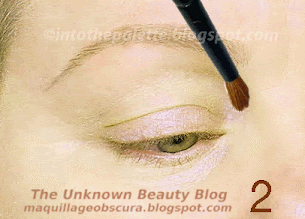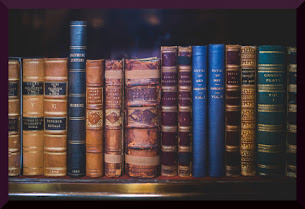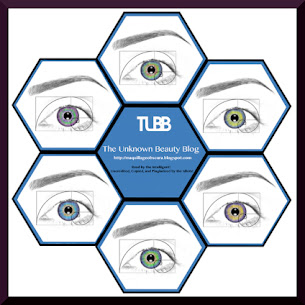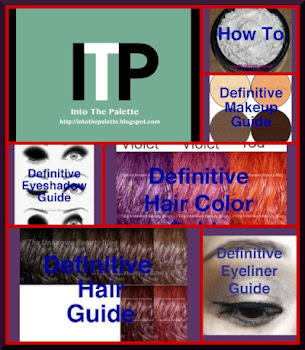Knowing the planes of your face are important in determining where the highlighting, shaping, and contouring colors are applied. In this post, I take the same philosophy to explain how this works on the different face shapes.
There are really three products which you need to shape your face: highlighter product, bronzer product, and contour product. Okay, and maybe I left out foundation but in some cases this can be incorporated into the bronzer which I won't get into right now.
Understanding the planes of the face really gives the face dimension by bringing what is needed forward and to the center. Remember, your face isn't a flat piece of paper where you try to adjust your face shape into a perfect oval by just coloring in the areas which stick out or adding to where they don't. You are a 3-dimensional object and, therefore, need to sculpt your face that way.
Oval Faces
The oval face above is the ideal shape or let's just say it is the shape which will act as a guide for other face shapes when it comes to sculpting. You can see in the center the highlighted areas, shaped areas, contour areas, and corners. Pretty simple. What will differ mostly between the face shapes are the corners. Will they be highlighted or shaped? Also, how much the sides of the face are shaped will differ. As for the contouring, it is pretty much the same for all face shapes.
Round Faces
Round faces have less definition than oval faces. You can see in the jaw area, more shaping has to be done and so do the corners of the face to give the illusion of slenderizing and depth.
You can see where the shaping is done in the first diagram. Second shows the blended result with the contour (or division) of the face. Contouring is really using a color which is slightly gray aka taupe to create a shadow, nothing more. Here and in all of the rest of the facial shapes, the contour is applied where shadow is needed which happen to be the orbital ridge to the sides of the nose (dividing eyes from the rest of the face), beneath the cheeks (dividing cheeks from jaw), and beneath the jaw (dividing jawline from neck).
Oblong Faces
Oblong faces are the opposite of round faces; they need to be highlighted in the corners to create an appearance of width. Extra shaping may occur on the chin and/or the forehead. The corners are highlighted and the chin has been given an extra color of shaping to shorten the frontal plane of the face. The usual contouring has been done as mentioned in the round face one.
Heart Shaped Faces
Heart shaped faces have a wider forehead or it looks to be that way due to the narrowing of the jawline and chin area. Therefore, the areas to create illusions are the top and bottom. Diminishing the width or narrowing the forehead might be preferred. This will give more depth by bringing the corners of the forehead into the sides of the face or into the temple area. The corners at the mouth area will be highlighted to widen that area. Also notice that shaping the area stops right beneath the cheekbones as circled in the above diagram. Some prefer to highlight this area, I don't because you aren't shaped like a dinner plate, your jaw lies behind your chin and highlighting that area just will flatten your face. Leave it alone and just go on with the contouring as with all the other face shapes mentioned. Your face is 3 dimensional and not a drawing. How and where shaping and highlighting occurs. The end result with the contouring.
Diamond Shaped Faces
The difference between the heart shaped and diamond shaped face is determined mostly by the cheek area. Diamond faces have more prominent cheeks and the forehead may look narrower due to this. If necessary, you may want to give the illusion of width to the forehead by highlighting. Like the heart shaped face, highlighting the corners of the maxillary muscle (or the area close to the mouth which turns into the side of your face) are highlighted to give it width and depth from the cheekbones which are shaped to diminish the width. Again, the jaw area is left alone only to be contoured to divide it from the neck area.
Pear Shaped Face
Pear shaped faces appear wider and rounder at the bottom half of the face. Because of this it may be necessary to highlight the chin to give the illusion of length with an option to highlighting the forehead to give it width, if necessary. Additional shaping is done as shown above on the bottom half of the face to narrow it. Contouring is the usual method.
Square Shapes
Square shaped faces have a distinct jawline which gives the illusion of the same width all the up to the forehead. It is important to break up this illusion by creating a more "rounder" appearance. As usual, the jawline should be shaped to soften the "square" of it. The cheek area is highlighted to give the bit of roundness while the forehead is narrowed or shaped to look more curved. To finish, just use the usual method of contouring as mentioned like all the other face shapes.
Conclusion
You may have noticed what I showed above is slightly different from what you usually see. There is no right or wrong, I just follow a different philosophy by understanding the planes of the face. The front plane is what you want to bring forward especially in photography because the perception of depth becomes skewed.
Hope this post helped you somewhat.
Olivia




















